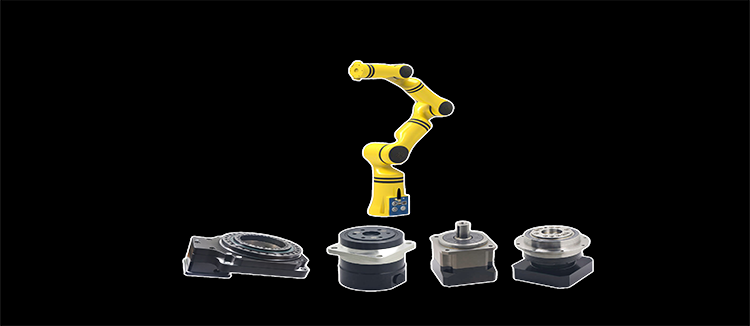The Evolution and Benefits of Lightweight Robotic Arm Technology in Modern Automation
The field of robotics has seen a significant transformation over the past few decades, with the development of the lightweight robotic arm being a key milestone. This advanced technology has revolutionized industries such as manufacturing, healthcare, and logistics by offering increased efficiency, precision, and flexibility. In this article, we will explore the evolution of the lightweight robotic arm, its benefits, and how it is shaping the future of automation.

The lightweight robotic arm, as the name suggests, is a type of robotic arm that is designed to be compact and lightweight, yet powerful enough to perform a variety of tasks. This design philosophy has been driven by the need for robots to work in close proximity to humans without posing safety risks, and to be easily integrated into existing workspaces without requiring significant structural modifications.

The evolution of the lightweight robotic arm can be traced back to the early days of industrial automation, where the first robotic arms were large, heavy, and often limited in their range of motion. Over time, advancements in materials science, electronics, and software have allowed for the creation of arms that are not only lighter but also more capable. These improvements have been crucial in making the lightweight robotic arm a viable option for a wide range of applications.
One of the primary benefits of the lightweight robotic arm is its versatility. These arms can be programmed to perform a multitude of tasks, from simple pick-and-place operations to complex assembly processes. This flexibility allows businesses to adapt to changing production demands without the need for significant capital investment in new equipment.
Another significant advantage is the safety aspect. Lightweight robotic arms are often designed with safety features that allow them to work alongside human workers without the risk of injury. This is particularly important in industries where manual labor is still prevalent, as it allows for a gradual transition to automation without displacing workers.
Energy efficiency is also a key benefit of the lightweight robotic arm. Due to their compact design and advanced control systems, these arms consume less power than their heavier counterparts. This not only reduces operational costs but also aligns with the growing demand for sustainable manufacturing practices.
The precision and accuracy of the lightweight robotic arm are also noteworthy. With advanced sensors and control algorithms, these arms can perform tasks with a high degree of accuracy, which is critical in industries such as electronics assembly or pharmaceuticals where precision is paramount.
As we look to the future, the lightweight robotic arm is expected to play an even more significant role in automation. With the ongoing development of artificial intelligence and machine learning, these arms will become smarter, more autonomous, and capable of handling even more complex tasks.
The integration of the lightweight robotic arm into smart factories is also a trend to watch. As part of the Industry 4.0 initiative, these arms will be able to communicate with other machines and systems, creating a fully interconnected and automated production line.
In conclusion, the lightweight robotic arm is a testament to the rapid advancements in robotics and automation. Its ability to perform a wide range of tasks with precision, efficiency, and safety makes it an invaluable tool in the modern industrial landscape. As technology continues to evolve, we can expect the lightweight robotic arm to become even more sophisticated, further enhancing its capabilities and applications.










